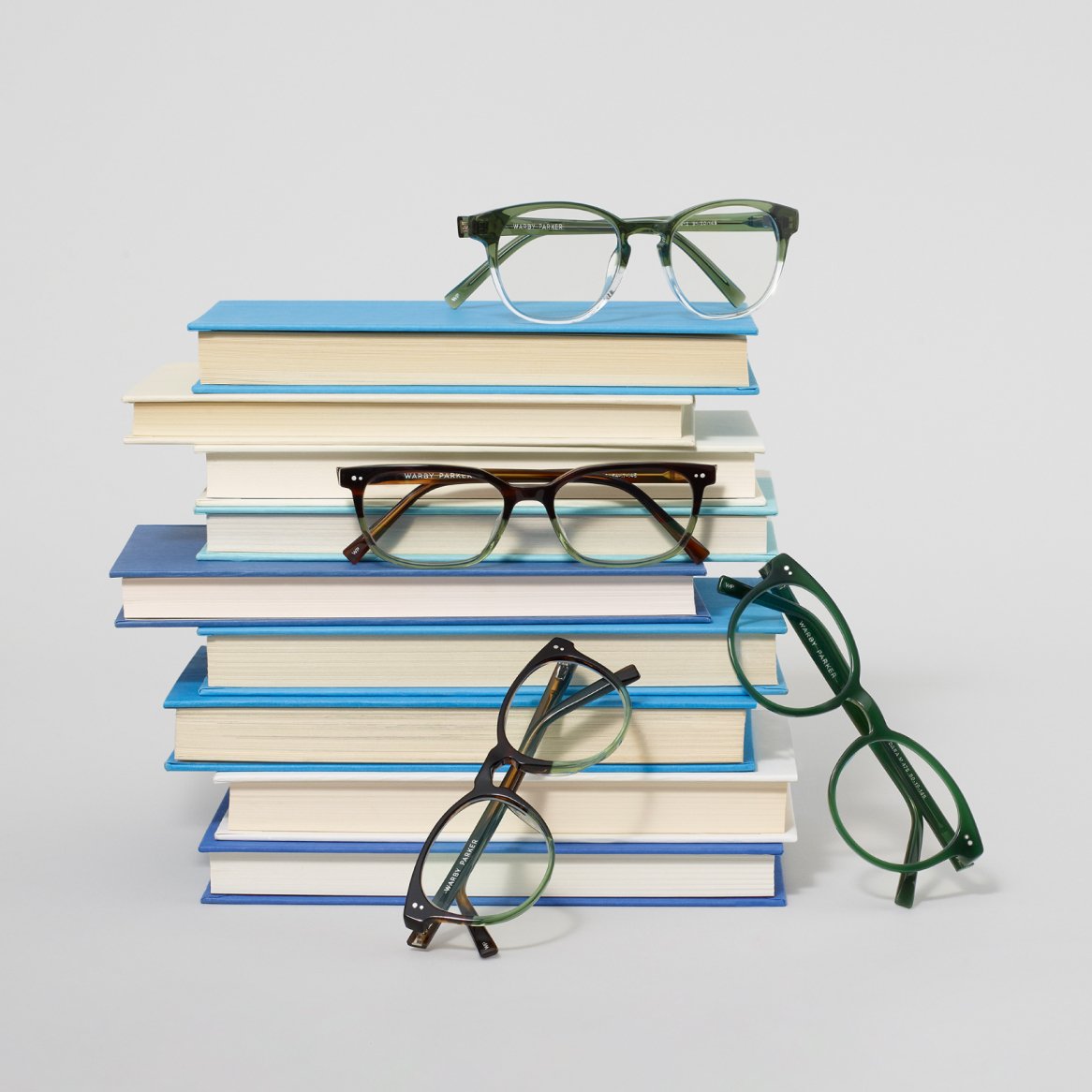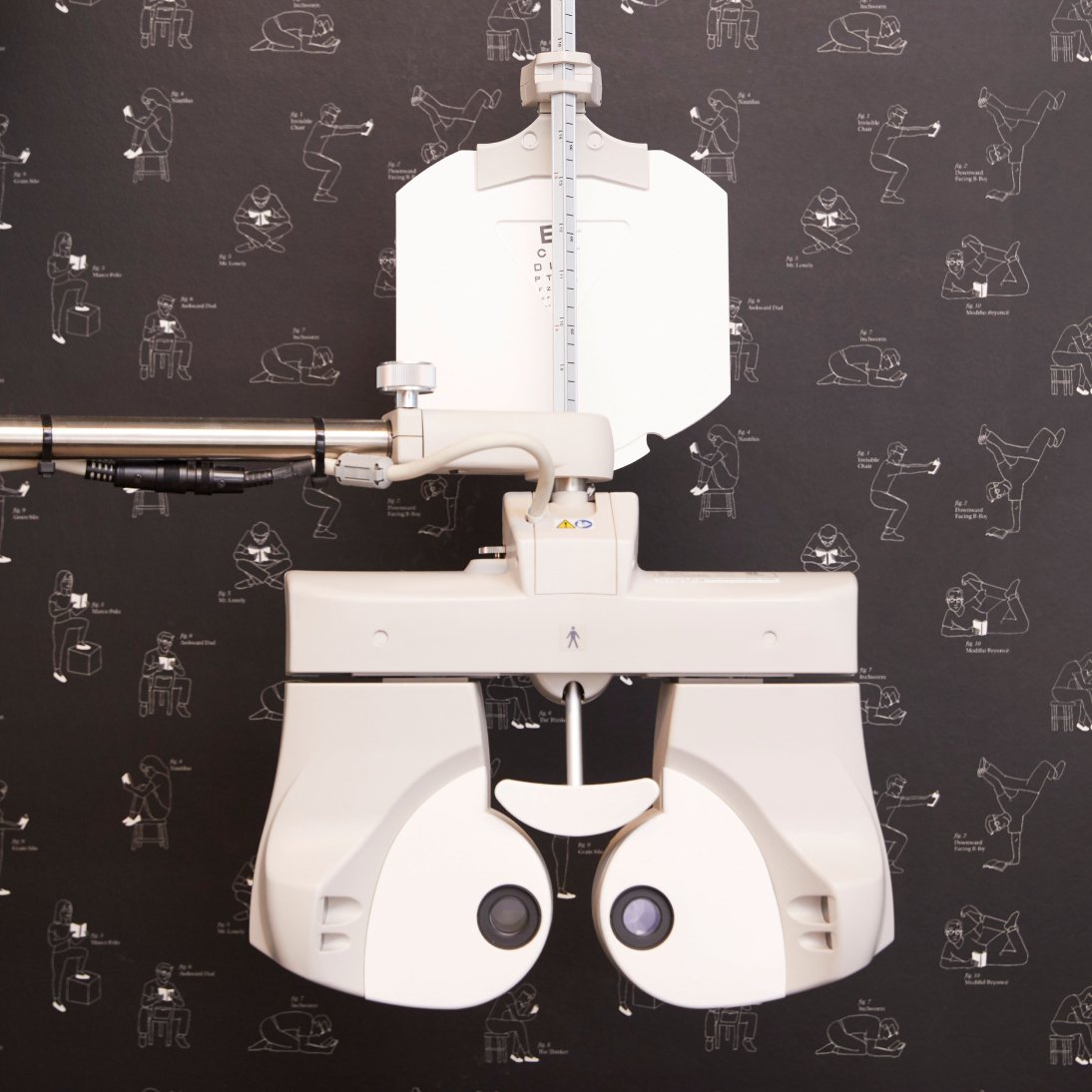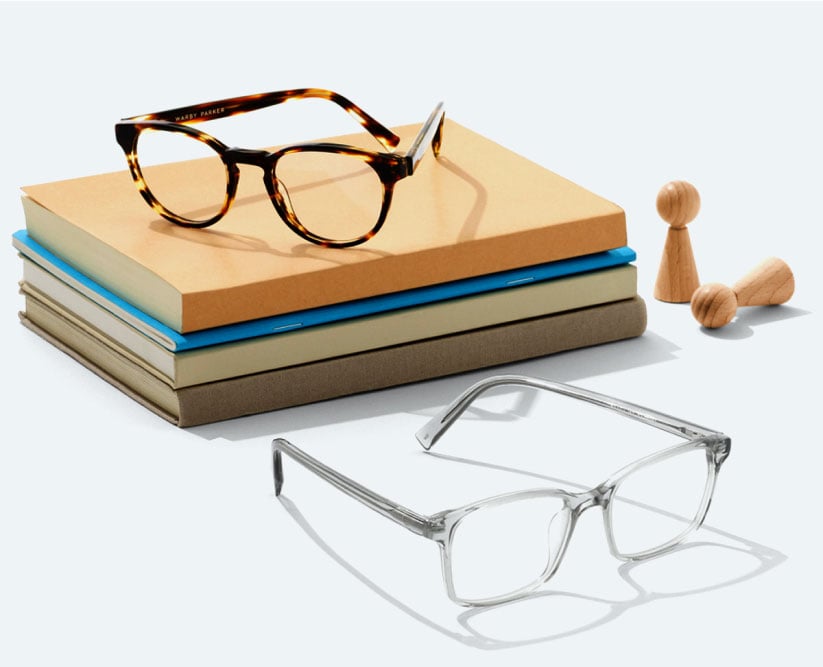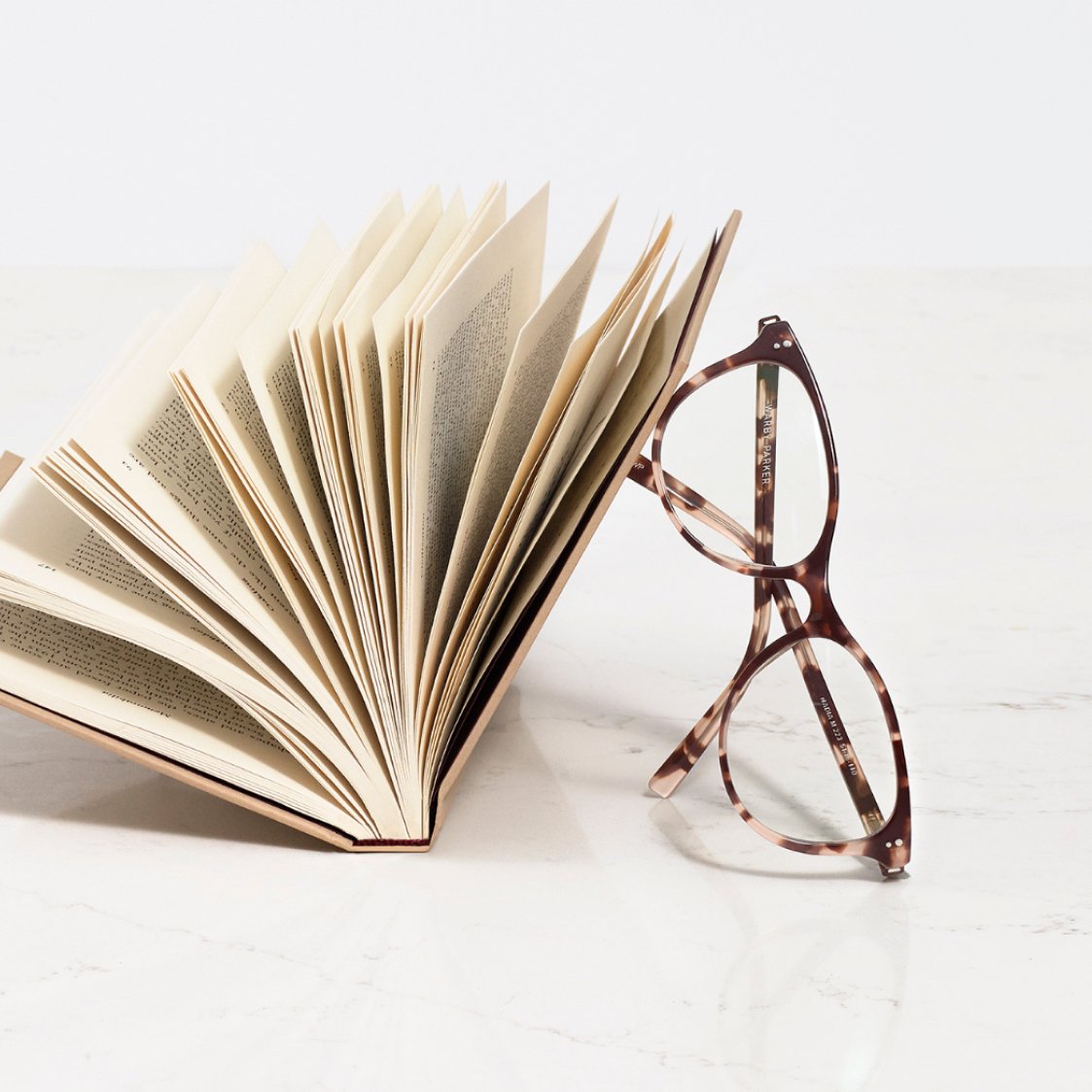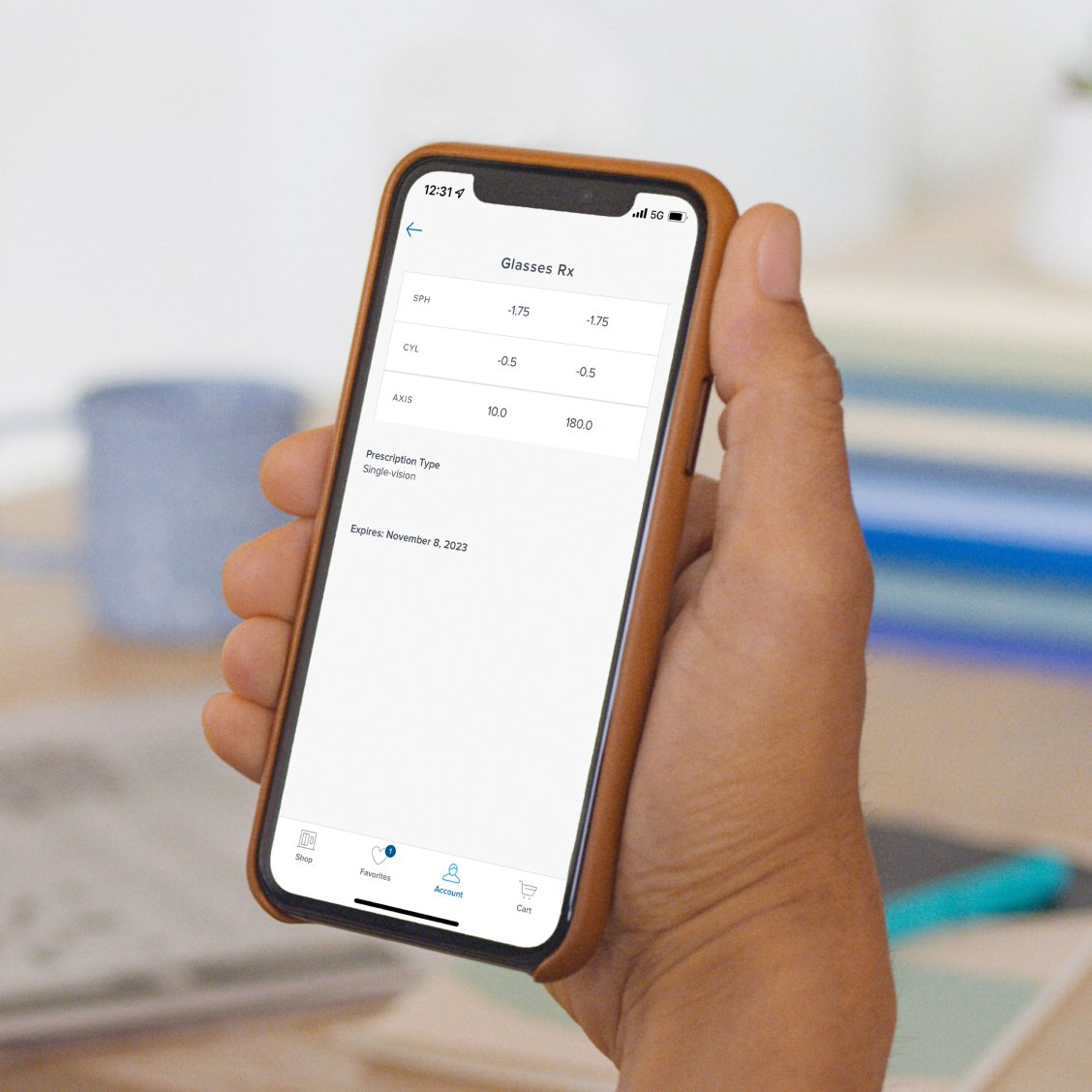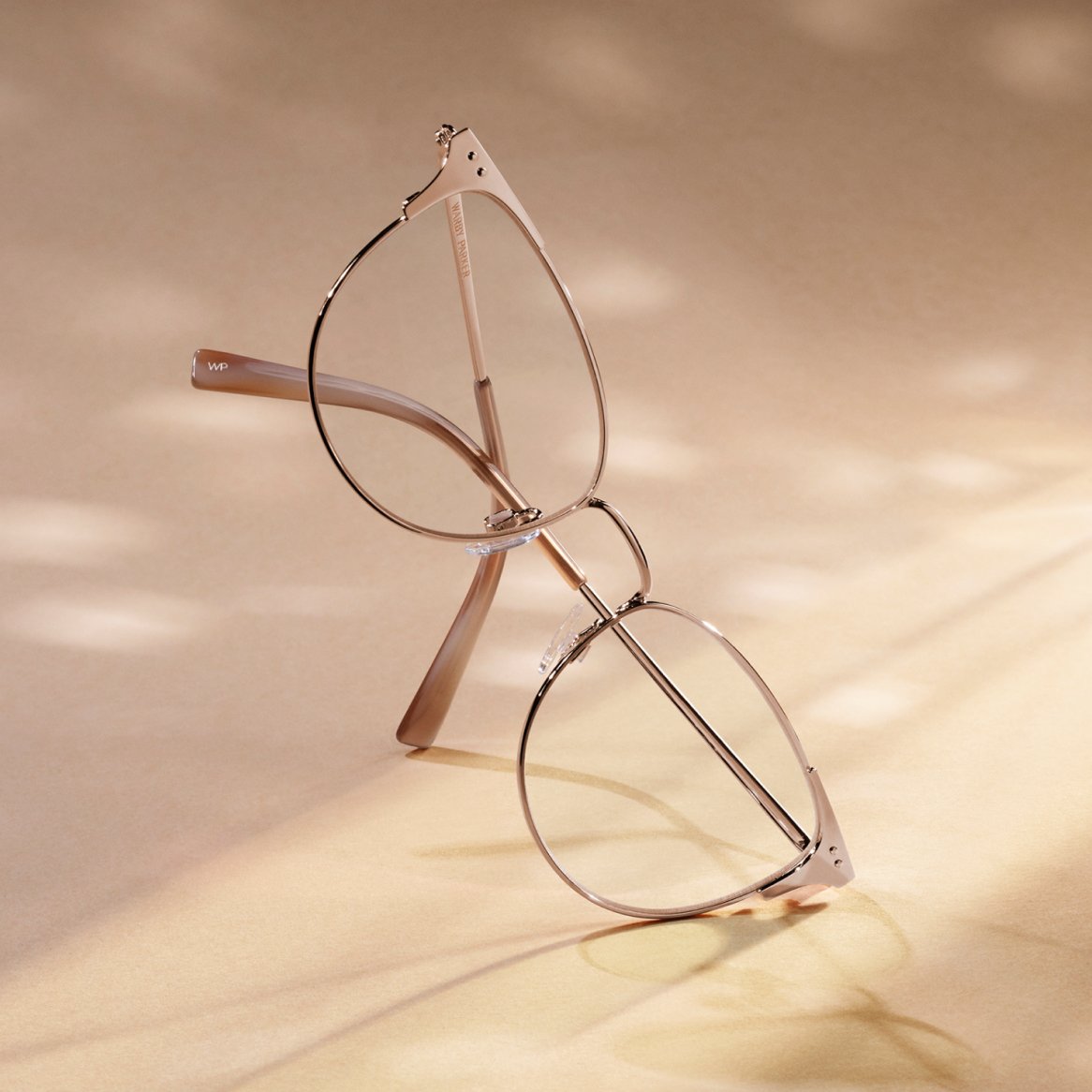After you hit a certain age—40 or thereabouts—you’ll probably find that you need some visual assistance while reading. This is a completely normal part of aging! More than that, it’s a prime opportunity to get some reading glasses.
We know it’s tempting to head to your local drugstore and pluck some readers off the rack. But readers aren’t for everyone, and when they are a good fit, figuring out what reading glasses strength to get is a process that deserves a little more time and lots of respect.
Why the Right Reading Glasses Strength Is So Important
If you choose reading glasses with a power that isn’t the right match for your eyes, you may experience unwanted side effects such as:
- Unfocused text
- Headaches
- Eye strain
- Holding reading material too close to or too far from your face
You want readers that make you eager to put them on and open a book—not ones that make the text seem a little off, or give you a headache.
How To Read and Understand Reading Glasses Strength
Reading glasses strength is measured in units called diopters. These are also the units on your standard vision prescription, and they tell you how much refractive power is present in a lens. The higher the number on your prescription, the more powerful your glasses are.
Reading glasses always have a + symbol before their power, and they have a wide range in strength. (Ours go from +0.25 to +2.75 diopters.) There’s a lot of variability within that range, so you want to make sure that you’re picking the right magnification for your eyes.
Why do I need reading glasses, anyway?
Most people need reading glasses at some point in their lives due to presbyopia. This condition occurs in almost everyone’s eyes as they age, and all it means is that the lens inside your eye has a tougher time flexing to bring images into focus. It begins around age 40 and progresses until your late 60s or so.
What are the highest and lowest-strength reading glasses available?
The lowest-strength reading glasses have powers of +0.25 diopters, whereas high-strength ones can go well beyond +2.50 diopters—in rare cases, all the way up to +4.00.
When you need reading glasses beyond +2.75 diopters or so, you may have to get them custom ordered. These higher strengths aren’t as readily available online or in stores.
Readers may not work for all people. For instance, someone who is nearsighted may not find a reading glasses strength that works for them. When in doubt, seek the advice of your eye doctor.
What’s the average strength of reading glasses?
Most people use reading glasses between +0.75 and +2.50 diopters in strength, but the power of your reading glasses will necessarily increase as you get older. Therefore, there’s no one “average” power that most readers hover around.
The Best Way To Find the Right Reading Glasses
If you want to know what reading glasses strength is best for you, you should always consult an optometrist. By examining your eyes, they’ll be able to eliminate the guesswork of trying on different over-the-counter readers—and make it possible for you to order higher-quality reading glasses online.
If you get an eye exam, you may discover that your eyes need different magnification powers. Maybe one has astigmatism and the other doesn’t, or maybe you’re nearsighted in such a way that the reading glasses recommended for your age group would be too strong. Prescription readers from an optometrist will match your needs exactly so you can get back to the tasks you love, whether it’s reading novels, crafting intricate works of art, playing sheet music, or working on a computer.
Another reason to avoid the drugstores: some over-the-counter reading glasses jump up or down in power by increments of 0.50 diopters. That’s a little too imprecise for comfort. For the best reading experience, we recommend looking at readers with powers that vary by increments of 0.25 diopters.
Reading Glasses Test Chart: Estimate the Best Power for Your Eyes
To get an idea of the right reader strength for you, print out our reading glasses chart and follow the instructions below.
Step 1: Print the Reading Glasses Strength Chart.
Step 2: Hang this chart on a wall, or hold it about fourteen inches from your face.
Step 3: Read from top to bottom without wearing corrective lenses. The chart starts with the smallest text, so you may need to go down several rows before you find a line you can read perfectly well.
Perform this step one eye at a time. First, cover one eye, and see which line is most legible to the uncovered eye. Then, repeat this process for your second eye.
Step 4: Once you hit a row that looks crystal clear, stop and take note of the power. Your reading glasses strength will likely be close to this number. Or, your eyes might need mismatched strengths!
Step 5: Contact an optometrist to confirm the correct reading glasses strength for you.
Other Ways To Know How Strong Your Reading Glasses Should Be
Figuring out the right power for your reading glasses on your own will never be an exact science. You may have noticed we keep urging you to see an optometrist—their expertise is the gold standard!
However, there are other methods that people use to get a rough approximation of the reading glasses strength they might need. (We don’t recommend using these approaches alone, as you don’t want to get readers whose strength is even a little off.)
Reading Glasses Strength by Age
As you age, your reading glasses will probably have to increase in power to accommodate the natural changes in the lens of your eyes. Optometrists have therefore made some generalizations about the strength of reading glasses needed at certain ages (this may differ if you already have a prescription).
- Ages 40–49: +0.75 to +1.50 diopters
- Ages 50–59: +1.50 to +2.25 diopters
- Ages 61 and up: +2.25 to +2.75 diopters
In general, your first pair of reading glasses will be lower strength, and you’ll want to up their power when you notice text becoming less clear again.
Reading Glasses Strength by In-Person Testing
If you must go to the store to try over-the-counter readers, don’t buy the first pair that seems good enough. Bring a book or some paper with text printed on it, and try out multiple glasses to get a better sense of what strength you need.
If you’ve tested several readers and found two pairs that help the most, choose the pair with the lower power. It’s preferable to have readers that are slightly too weak than too strong.
What If Your Reading Glasses Aren’t Working Like They Should?
If you have a pair of readers that used to make reading a breeze, but now aren’t working as well, you probably need an updated pair.
In most cases, you’ll want to replace your readers with a stronger set because your eyes need more help as you age. If you find that you’re holding reading material with your current readers farther away from your face than normal to see it clearly, then you might need stronger reading glasses.
If you’re holding your reading material closer to your face than normal, though, then you need weaker reading glasses.
Either way, it’s prudent to book an eye exam and get new readers with the right lens strength.
Pick Out the Perfect Reading Glasses
Like regular prescription glasses, reading glasses can be fun, sleek accessories that make your life much easier. Just because they’re sold off the rack in some stores doesn’t mean that any pair will do, though. When it comes to your vision, we always recommend taking the time to find the perfect power for your eyes.

